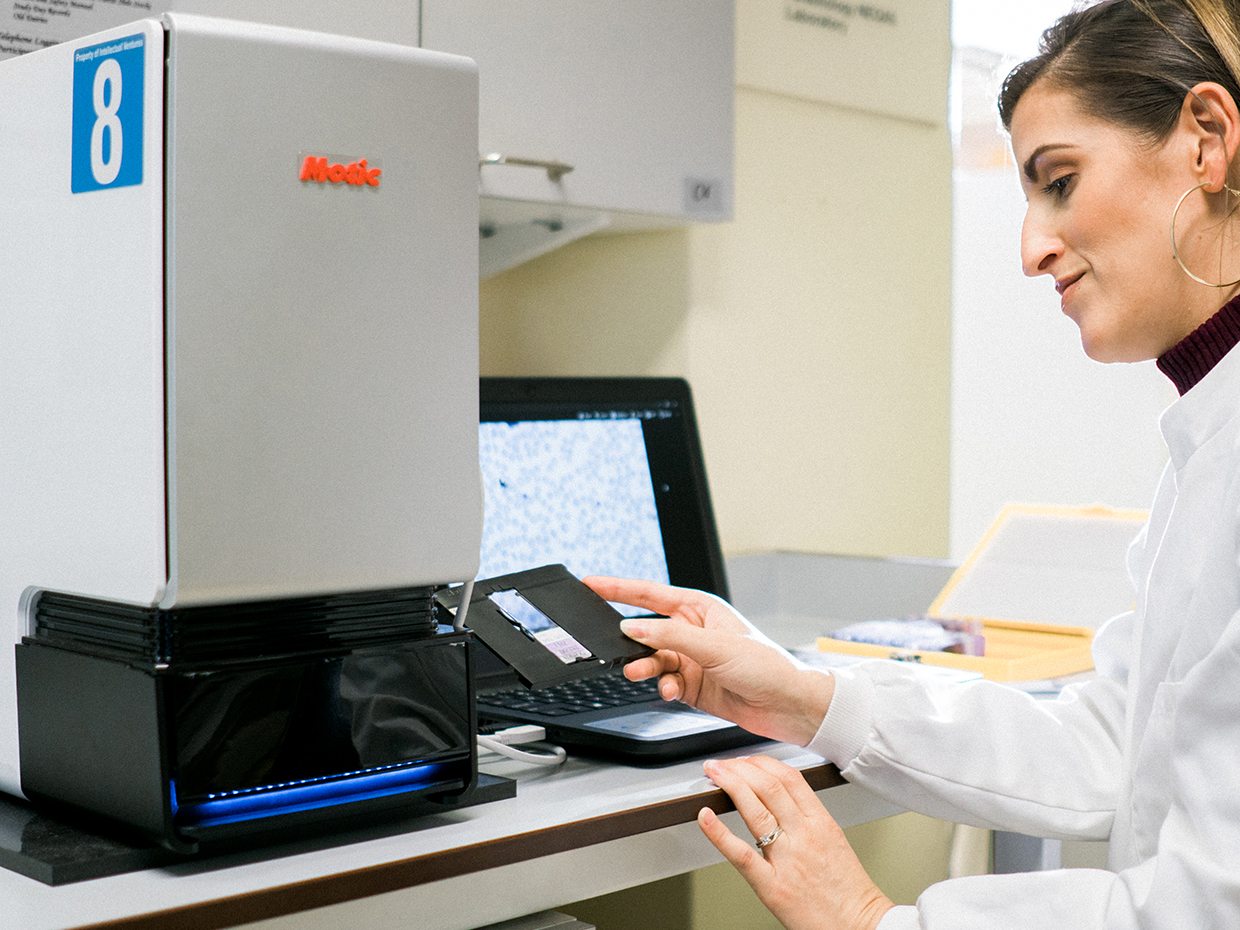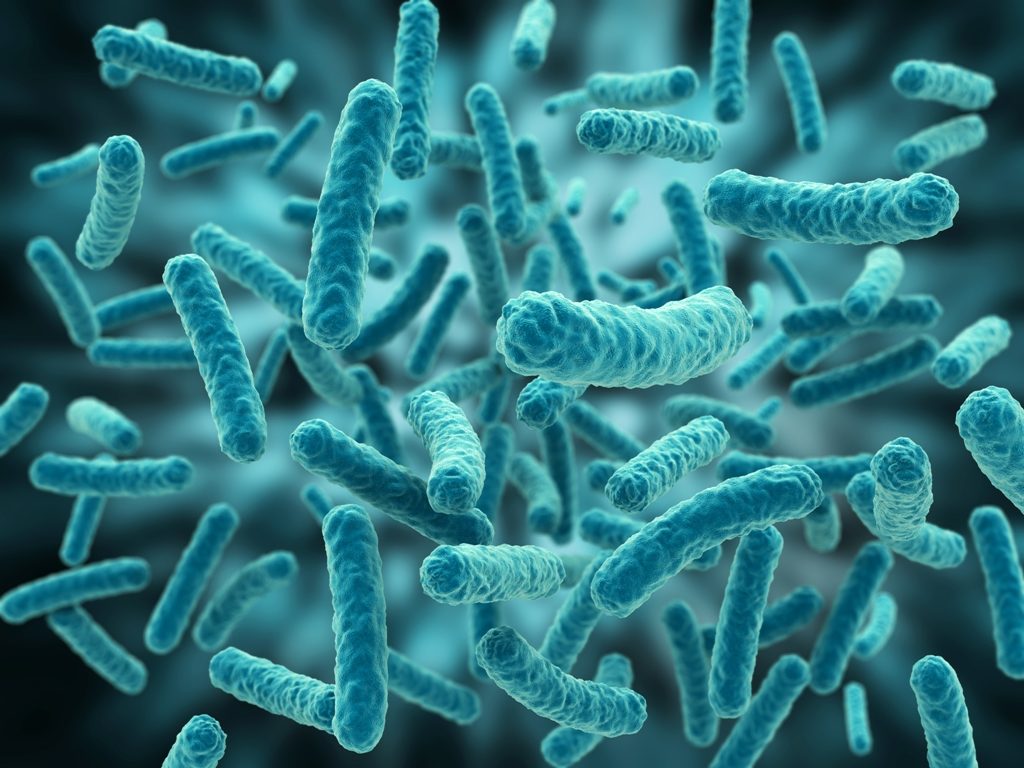Microscope-Based AI Could Alleviate Shortage of Clinical Microbiologists
“This marks the first demonstration of machine learning in the diagnostic area,” said senior author James Kirby, MD, Director of the Clinical Microbiology Laboratory at BIDMC and Associate Professor of Pathology at Harvard Medical School. “With further development, we believe this technology could form the basis of a future diagnostic platform that augments the capabilities of clinical laboratories, ultimately speeding the delivery of patient care.”
According to a report from the American College of Microbiology, the current shortage of qualified clinical microbiology laboratory workers will worsen in the coming years due to the aging of the present workforce and the alarming shortfall of replacement workers enrolled in college training programs and technical schools. And this shortage directly impacts the ability of clinical microbiology labs to diagnose and help manage infectious diseases.
Therefore, microbiologists at Beth Israel Deaconess Medical Center (BIDMC) have now developed an automated AI-enhanced microscope system that is “highly adept” at identifying images of bacteria quickly and accurately.
The microscope is designed to collect high-resolution image data from microscopic slides- in this case, blood samples taken from patients with suspected bloodstream infections were incubated to increase bacterial numbers. Then, slides
were prepared by placing a drop of blood on a glass slide and stained with dye to make the bacterial cell structures more visible.In order to train this AI model, the scientists fed their unschooled neural network more than 25,000 images from blood samples prepared during routine clinical workups. “Like a child, the system needed training,” said Kirby. “Learning to recognize bacteria required a lot of practice, making mistakes and learning from those errors.”
By cropping these images – in which the bacteria had already been identified by human clinical microbiologists – the researchers generated more than 100,000 training images. The machine intelligence learned how to sort the images into the three categories of bacteria (rod-shaped, round clusters, and round chains or pairs), ultimately achieving nearly 95 percent accuracy.
Next, the team challenged the algorithm to sort new images from 189 slides without human intervention. Overall, the algorithm achieved more than 93 percent accuracy in all three categories.
What’s more, these images can be sent remotely, bringing the highest level expertise anywhere the internet reaches. That’s critical, as rapid identification and delivery of antibiotic medications is the key to treating bloodstream infections, which can kill up to 40 percent of patients who develop them.
With further development and training, Kirby and colleagues suggest the AI-enhanced platform could be used as fully automated classification system in the future.































